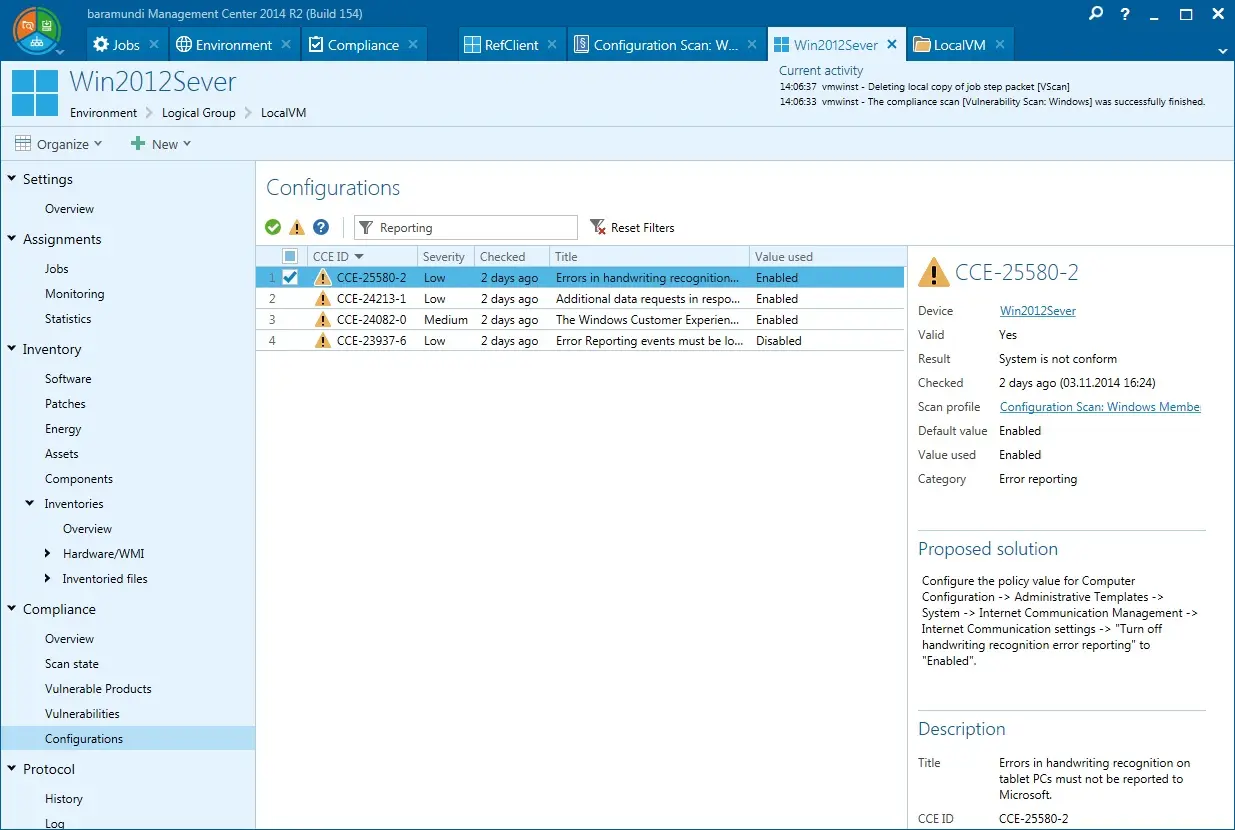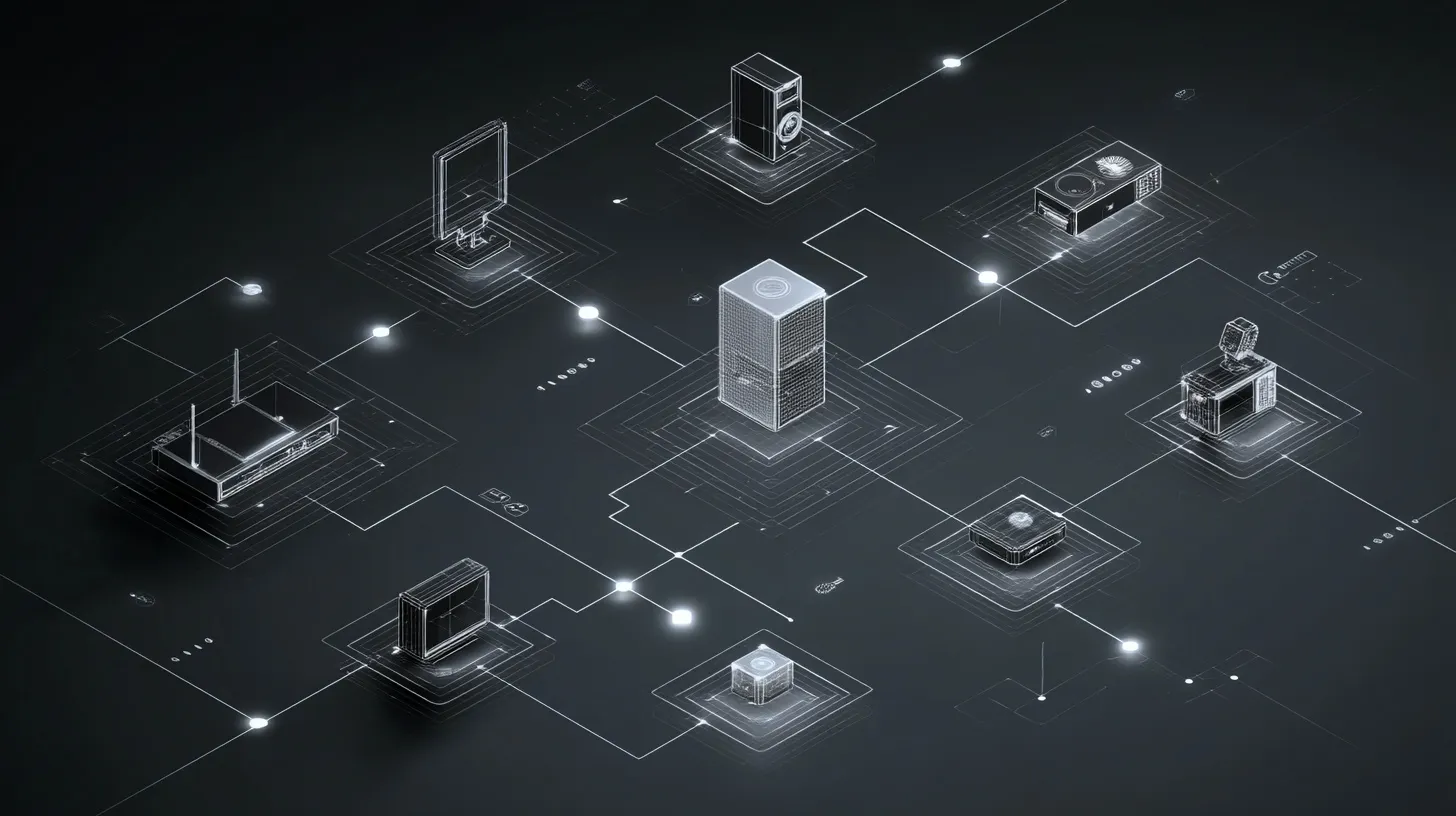In recent years, the lines between the automotive industry and the tech sector have started to blur. What was once a mechanical domain is now rapidly becoming a digital one. As vehicles become smarter, more connected, and software-driven, cloud technology is taking a central role in how the automotive world operates and evolves.
This shift is more than a technological update—it’s a fundamental change in how cars are designed, built, and experienced. From electric vehicles and autonomous driving to real-time route optimization and remote diagnostics, the future of mobility increasingly relies on cloud-powered solutions.
The Changing Expectations of Car Owners
Consumers today expect more than just reliability and fuel efficiency. They want features that make their driving experience safer, more efficient, and more personalized. According to a 2024 McKinsey report, 69% of respondents expressed interest in vehicles that offer advanced, connected features. This growing demand is pushing manufacturers to integrate more sophisticated digital services into their vehicles.
To meet these expectations, automakers are investing heavily in software, cloud infrastructure, and data analytics. These tools not only improve the driving experience but also offer new business models like subscription-based services or predictive maintenance that rely on real-time data processing and constant connectivity.
A Growing Market for Automotive Software
The numbers point to a significant transformation. The automotive software market is expected to more than double, growing from $31 billion in 2019 to roughly $80 billion by 2030. Even more broadly, the global market for automotive software and electronics is projected to reach $462 billion in the same timeframe. This growth reflects the increasing reliance on software.
In this race, agility is key. Both industry giants and ambitious startups are investing heavily in cutting-edge tech. It’s a win for everyone: better services for consumers, smarter solutions for cities, and more innovative business models for the companies involved.
Moving to the Cloud
While many automotive companies have been using public cloud platforms to streamline operations and speed up development, the past five years have seen a shift. Today, manufacturers often adopt a shared responsibility model—leveraging public cloud where possible but retaining sensitive applications on dedicated hardware due to strict data protection and compliance requirements.
This hybrid approach is shaping new kinds of partnerships between cloud providers and the automotive sector. Leading hyperscalers like AWS, Azure, and Google Cloud are beginning to offer automotive-specific services, such as simulation platforms, connected vehicle solutions, and specialized toolchains for ADAS/AD.
Challenges Along the Way
Despite the promise of cloud adoption, challenges remain. Many automakers still operate on rigid infrastructure and legacy tools, which can limit scalability and slow down innovation. Teams often work in silos, and security concerns around cloud-based data processing persist. Regulatory requirements and regional standards add further complexity.
Yet the momentum is undeniable. Gartner projects that by 2028, 70% of all automotive software development will take place in the cloud—up from less than 20% today.
The Current Outlook
Several trends are already impacting the automotive industry and cloud technologies:
- Edge computing allows processing data closer to its source for faster responses—crucial for real-time applications like navigation and safety systems.
- AI and automation are now embedded into development pipelines, reducing manual validation and enabling quicker updates.
- Cloud-first development has become standard, allowing applications to be built with flexibility and scale in mind from the beginning.
- Alternative cloud providers focused on AI and simulation, such as NVIDIA, are highly relevant, particularly for autonomous driving.
According to Intellias Mobility’s expertise in delivering software solutions to OEMs and Tier 1 suppliers, cloud adoption is gaining momentum across several key sub-domains:
- ADAS & Autonomous Driving (AD)
- EV charging infrastructure
- Infotainment systems
- Connected vehicles (V2X)
- Predictive maintenance
However, automotive companies still face several challenges:
- Rigid infrastructures with limited scalability
- Dependence on legacy licensed tools
- Lengthy release cycles and inefficient delivery processes
- Restricted access to SiL/HiL environments for QA and reusability
- Siloed development teams with limited cross-functional integration
- Manual provisioning of development environments
- Lack of automated compliance validation
- Security vulnerabilities and complex data protection demands
While some OEMs remain cautious due to concerns around data processing, security, and failover planning, the trend is clear: cloud adoption is accelerating.
The Rise of Automotive-specific Services
Automotive-specific cloud services are emerging as tailored solutions for the mobility sector. These services offer ready-to-use infrastructure optimized for industry-specific use cases. These services aim to accelerate cloud adoption, providing unique value to companies. For public cloud providers, offering automotive-specific services can serve as a key differentiator in a competitive market.
This trend has been rapidly expanding since 2022, introducing a significant number of new tools and frameworks designed specifically for the automotive sector:
- Azure Autonomous Vehicle Operations: Manages the full lifecycle of autonomous vehicles, including fleet management and regulatory compliance.
- AWS Autonomous Driving Data Framework: Focuses on data ingestion, storage, and analysis for improving autonomous driving algorithms.
- Azure Software-Defined Vehicle Toolchain: A cloud-native framework for automotive software development, testing, and validation.
- AWS FreeRTOS: An open-source real-time operating system designed for microcontroller-based embedded applications.
- Azure Connected Fleets: A modular framework for managing vehicle fleets using cloud technologies.
- GCP High-Performance Computing Solutions: Scalable cloud infrastructure for vehicle design, testing, and autonomous driving advancements.
As the automotive sector becomes more reliant on cloud-driven solutions, providers that fail to meet these evolving demands risk losing their competitive edge. In this evolving landscape, the companies that adapt quickly and collaborate across domains will shape the future of mobility.
About Author:
Alexander Horbachenko is a delivery leader at Intellias with over 10 years of experience driving digital transformation for enterprises and ventures, particularly within the mobility and cloud domains. Currently leading the Mobility Cloud Practice, he specializes in delivering innovative cloud solutions for OEMs, Tier 1 suppliers, and mobility providers.


![Krytyczna podatność w Androidzie umożliwia zdalne wykonanie kodu, bez interakcji ze strony użytkownika [CVE-2025-48593]](https://sekurak.pl/wp-content/uploads/2025/11/Zrzut-ekranu-2025-11-7-o-13.55.14.png)



